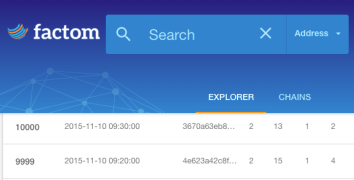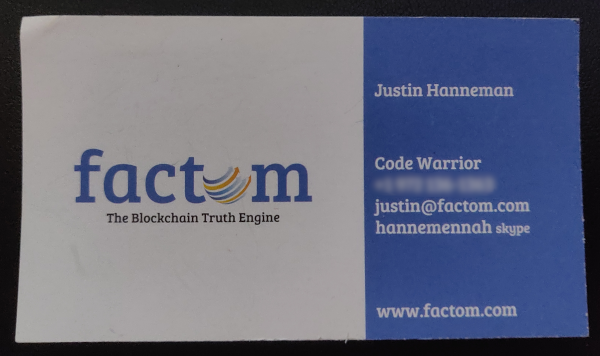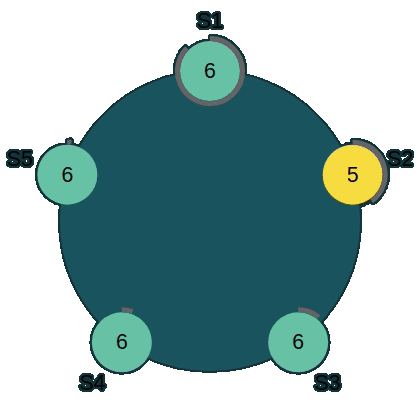I loved every minute of this crazy period. Every time someone had an idea for a proof-of-concept or demo application, it was enthusiastically thrust into my lap. I hopped from one thing to another; one day I’d be building an on-chain-data sourced price chart in d3.js, and the next I’d be writing a web-app to demonstrate automated hierarchical hash-checking utilities for mortgage and securities bundles. Sometimes a new API endpoint needed to be implemented and added to the set of RPCs or a bug in the core node software would need investigating, and I’d be called in to figure it out and get everything working.
At times it was exhausting, but I liked the fact that the work kept me on my toes and supplied a constant stream of fresh new technical challenges, and to my great relief, my hard work was immensely appreciated and celebrated. Factom was good to me, and I tried my best to return the favor however I might.







